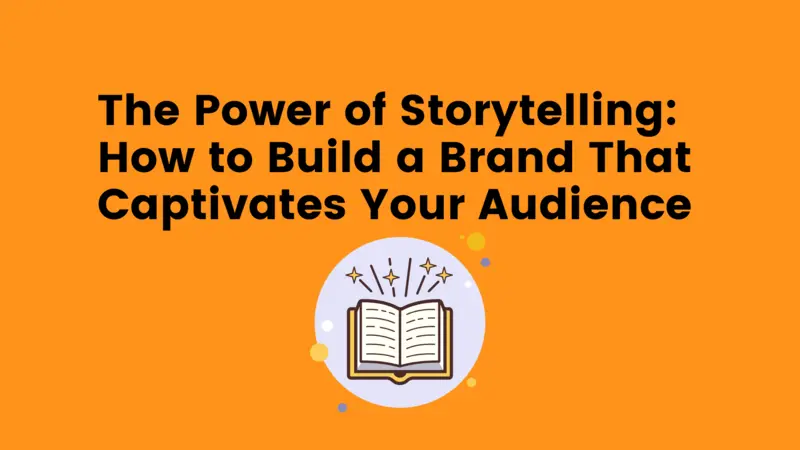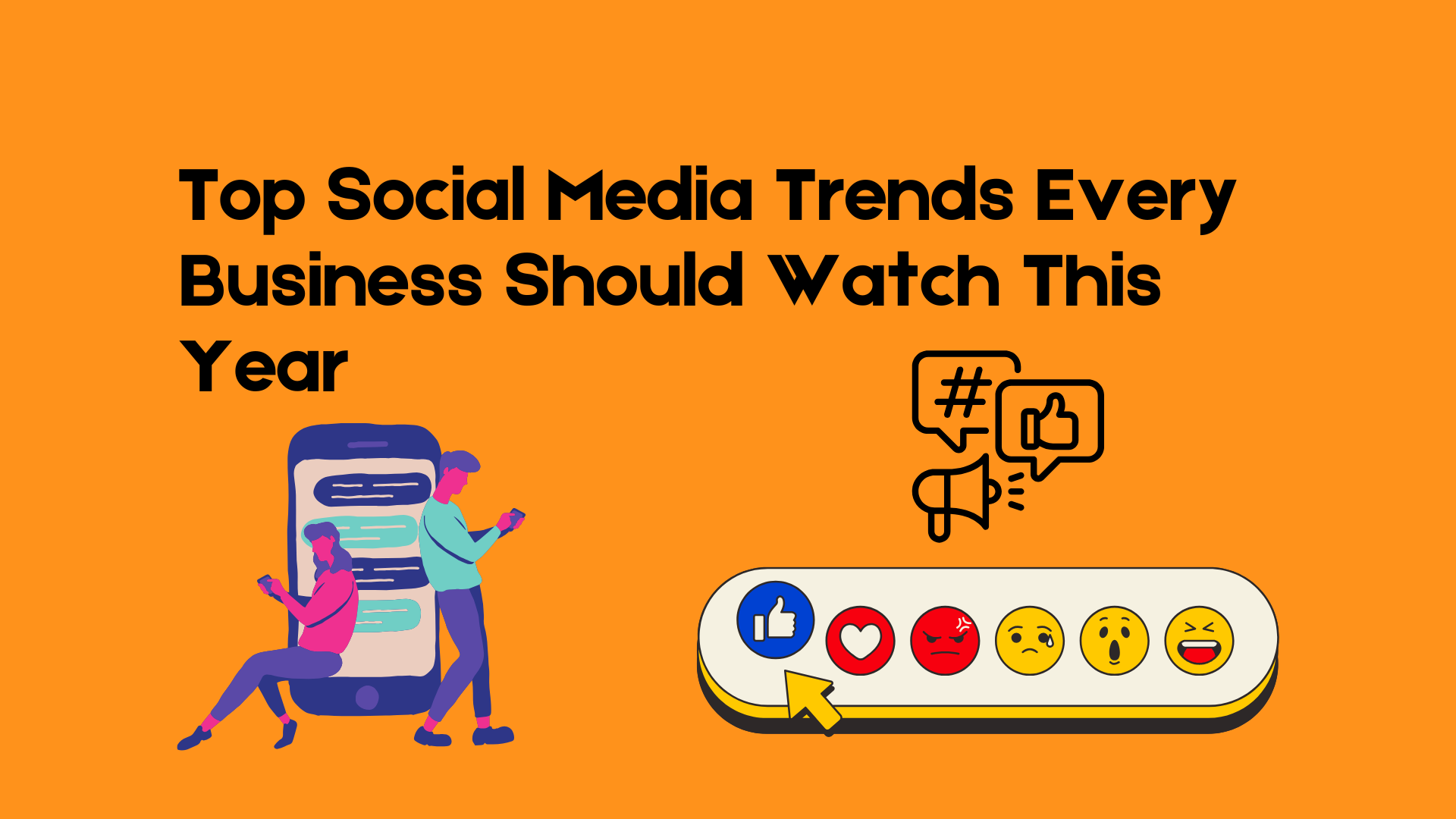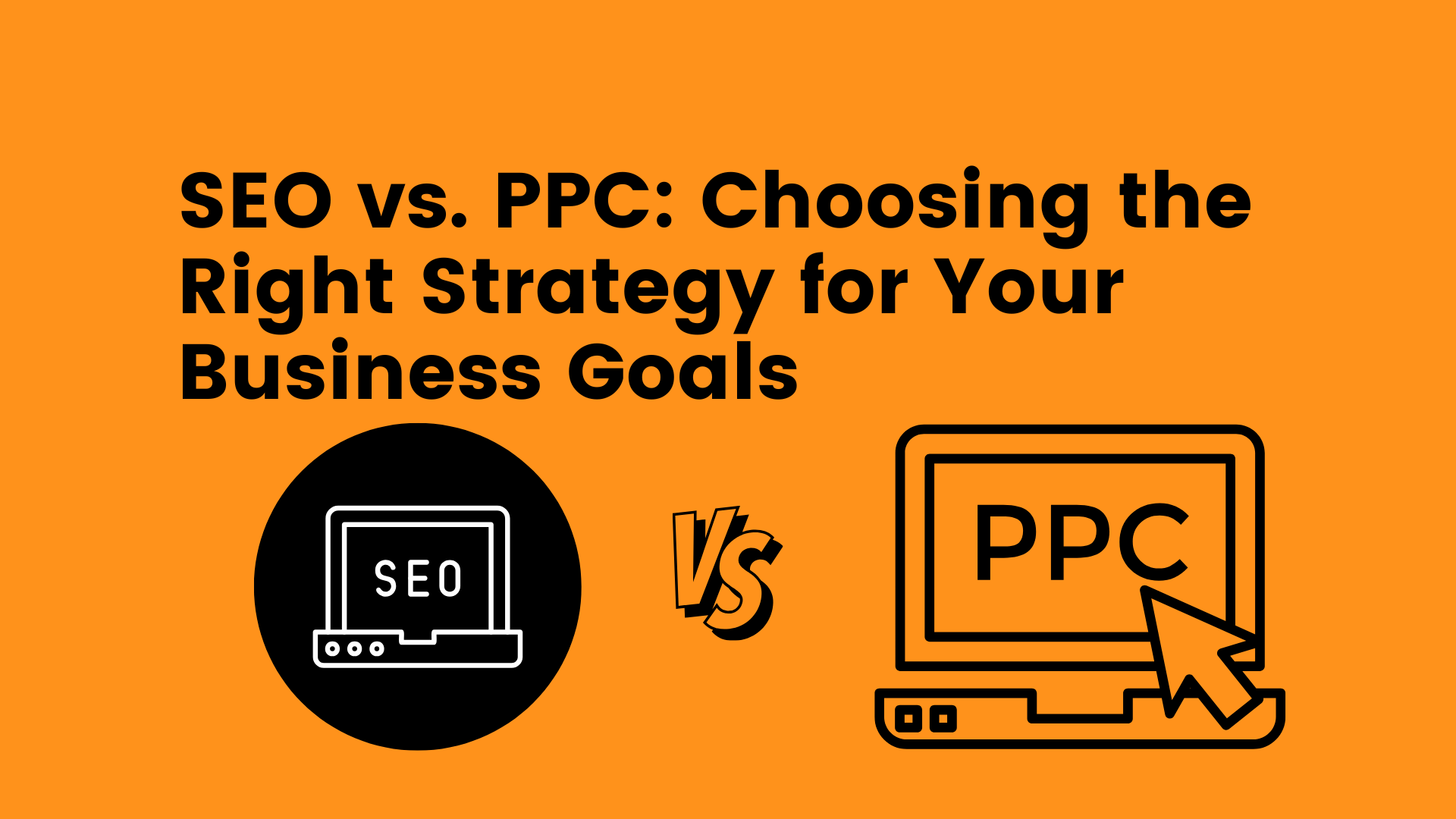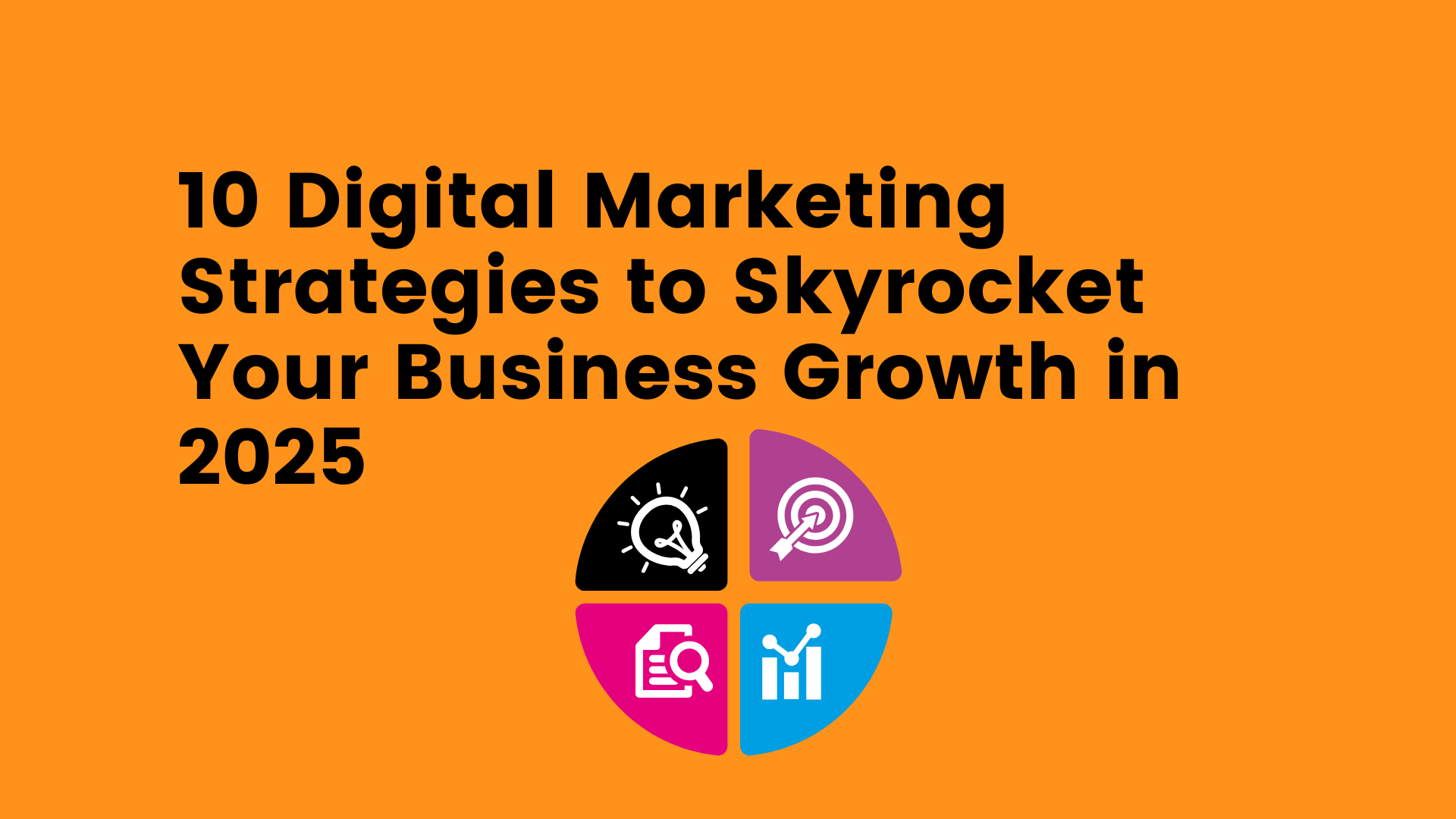In today’s saturated market, where brands are vying for attention, storytelling has emerged as a powerful tool to create meaningful connections with your audience. Stories have the unique ability to evoke emotions, build trust, and leave a lasting impression. When integrated into your branding, storytelling can transform your business into something your customers truly resonate with.
Here’s how you can harness the power of storytelling to build a brand that captivates and inspires.
Why Storytelling Matters in Branding
Storytelling isn’t just about narrating events—it’s about creating an emotional journey that aligns with your audience’s values and aspirations.
- Builds Emotional Connection: People remember how you made them feel. A well-told story can evoke emotions that leave a lasting impact.
- Establishes Trust: Sharing authentic stories about your brand’s journey helps customers relate to your struggles and triumphs.
- Differentiates Your Brand: In a crowded marketplace, your story is what makes your brand unique and memorable.
- Inspires Action: Stories have the power to motivate people to act, whether it’s making a purchase, sharing your brand, or becoming loyal advocates.
Key Elements of a Compelling Brand Story
To create a powerful brand story, focus on these essential elements:
- Authenticity
- Your story should be genuine and reflect the true essence of your brand. Avoid exaggeration and stick to the core values that define your business.
- Relatability
- Craft stories that resonate with your audience’s experiences, challenges, and aspirations. The more relatable your story, the stronger the connection.
- Emotion
- Emotion drives decision-making. Incorporate elements of humor, inspiration, empathy, or hope to make your story memorable.
- Conflict and Resolution
- Every great story has a conflict or challenge and a resolution. Showcase how your brand overcame hurdles to achieve its goals.
- A Strong Character
- Your brand can be the hero, but don’t forget to include your customers in the story. Show how your brand helps them overcome their own challenges.
Steps to Build a Brand Story That Captivates
1. Define Your Brand’s Purpose
Start by identifying why your brand exists beyond just selling products or services. What problem are you solving? What change do you want to create in the world?
- Example: Nike’s purpose isn’t just to sell shoes; it’s to inspire people to achieve greatness through sports.
2. Know Your Audience
Understand who your audience is, what they care about, and what stories will resonate with them. Create customer personas to guide your storytelling approach.
- Tip: Use social listening tools and customer surveys to gather insights into your audience’s preferences and pain points.
3. Highlight Your Origin Story
People love to know how things began. Share your brand’s journey—why you started, the challenges you faced, and the vision that drives you forward.
- Example: Airbnb’s origin story of two friends renting out their air mattress to make extra money is relatable, humble, and inspiring.
4. Showcase Real Customer Stories
Incorporate testimonials and success stories from your customers. Highlight how your brand has positively impacted their lives.
- Example: Dove’s “Real Beauty” campaign shares powerful stories of women embracing their natural beauty, resonating deeply with its audience.
5. Use Visual and Emotional Storytelling
Pair your words with visuals that enhance the emotional impact of your story. Photos, videos, and animations can bring your story to life.
- Tip: Create behind-the-scenes videos, highlight user-generated content, or use impactful imagery in your campaigns.
6. Create Consistent Messaging
Your story should be consistent across all platforms—your website, social media, email campaigns, and advertisements. Consistency reinforces your brand’s identity and strengthens trust.
- Example: Apple consistently tells stories of creativity and innovation, whether through product launches or marketing campaigns.
7. Engage Through Interactive Storytelling
Encourage your audience to participate in your story. Use polls, Q&A sessions, or invite them to share their own experiences with your brand.
- Example: Coca-Cola’s “Share a Coke” campaign invited customers to personalize bottles with their names, turning them into storytellers for the brand.
Examples of Successful Brand Storytelling
- Patagonia
- Patagonia’s story revolves around sustainability and environmental activism. Their campaigns highlight their commitment to protecting the planet, creating an emotional bond with eco-conscious customers.
- TOMS Shoes
- TOMS built its brand on the story of giving back. For every pair of shoes purchased, a pair is donated to someone in need. This simple yet impactful story resonates with socially conscious consumers.
- LEGO
- LEGO’s storytelling revolves around creativity and imagination. Their campaigns, such as “Rebuild the World,” inspire both kids and adults to dream big and create.
Tips to Maximize Your Storytelling Impact
- Be Human: Show the human side of your brand—your employees, customers, and community.
- Stay Relevant: Adapt your storytelling to reflect current trends, challenges, or cultural moments.
- Test and Refine: Monitor how your audience responds to your stories and tweak your approach based on feedback.
- Use Multiple Formats: Combine written content, video, social media, and podcasts to share your story across different platforms.
Final Thoughts
Storytelling is more than just a marketing tactic—it’s the heartbeat of your brand. A well-crafted story can create lasting emotional connections, build trust, and differentiate your brand from competitors.
Whether you’re a startup with a fresh vision or an established business looking to re-engage your audience, storytelling can transform the way people perceive and interact with your brand.
Are you ready to craft a story that captivates your audience and drives your brand forward? Start sharing your journey today—the world is waiting to hear it.





